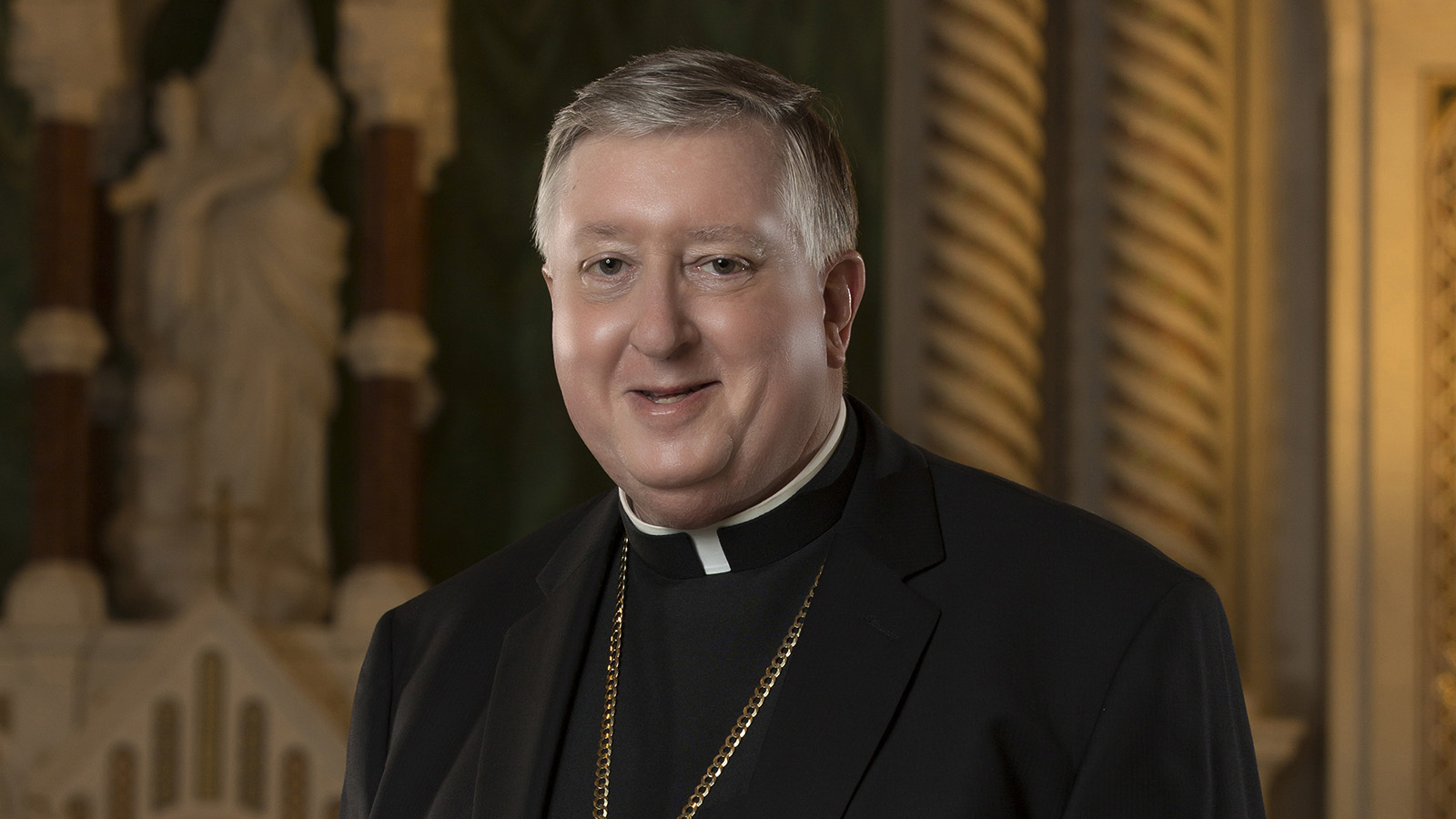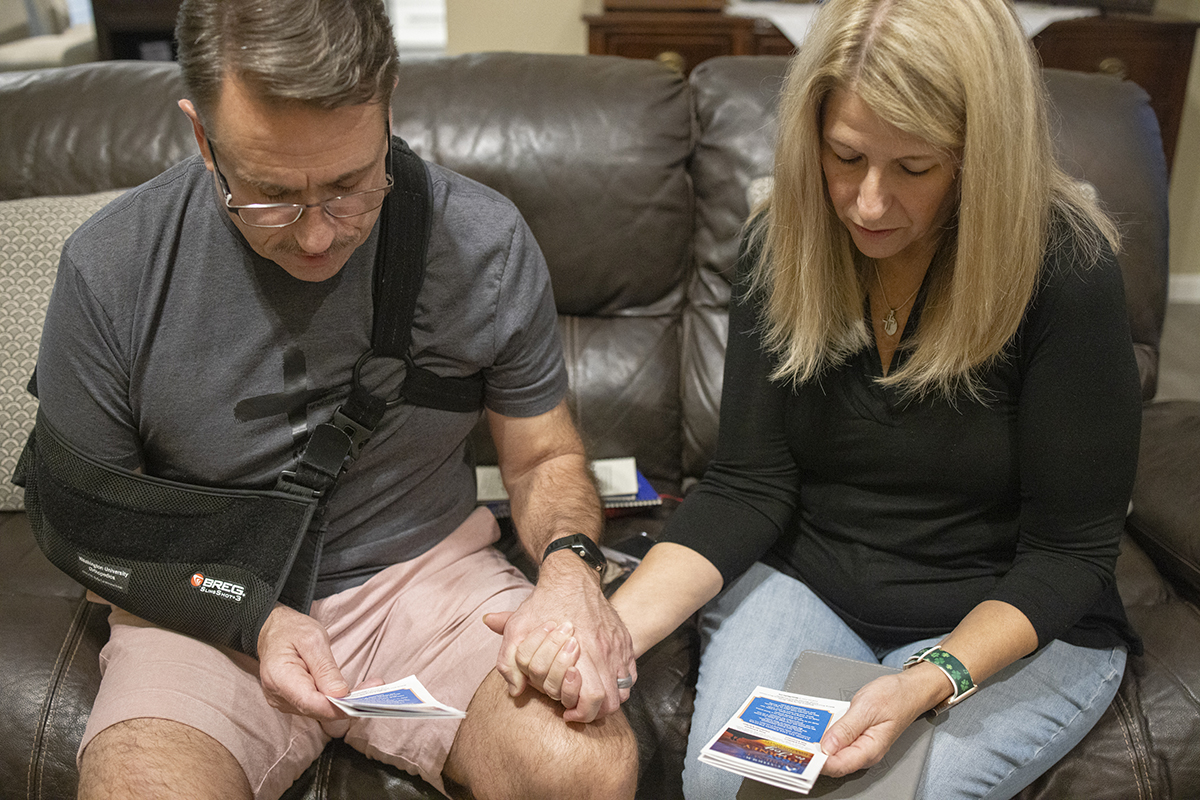SERVE THE LORD WITH GLADNESS | Jesus’ coming is a source of great hope
When seen from the perspective of the death and resurrection of Jesus, even the darkest times are illuminated with hope

Dear brothers and sisters in Christ,
On Dec. 24, by decree of the Holy Father, the Jubilee Year of Hope will begin. That seems fitting: Most of us, since childhood, have known Christmas Eve as a time of great hope!
Many people today — even people who believe that God came into the world long ago — are still unsure of what it means, practically, for God to come into their lives today. In that sense, they’re still waiting for a savior. In that sense, an important way for us to celebrate the Jubilee Year is to have the coming of Christ become a more practical reality in our own lives. That’s the key to hope. And the readings this week give us some good avenues for thinking about how we might do that.
First, we hear some of the promises that God gave to ancient Israel. One of them was a promise made to David: that his heirs would sit on the throne of Israel forever. For many years, there was a Davidic king. But for the 500 years before the birth of Christ, there was no Davidic king. During those years, knowing that God’s promise would be fulfilled, the people of ancient Israel said exactly what some people say about their spiritual life today: “I feel like something’s missing!”
Still, when the fulfillment of the promise came — in Jesus, the eternal king — it wasn’t quite what people expected. Many expected a royal son in a palace; they got a royal son in a stable. Many expected a conquering king; they got a suffering messiah.
The same surprise holds today! Many want a savior who brings wealth, fame and power. What we get is a God who draws close in the Eucharist, in the Scriptures and in the poor; a God who meets poverty with the riches of grace and doesn’t erase suffering but draws close to it with His strength.
As in ancient Israel, so today: The reality is humbler than we expected but brings a deeper kind of hope than we could have imagined. It’s not easy, but we have to stay with the humble reality to stay connected with the hope!
Second, we hear some of the ways the Church has carried hope in her history. St. Stephen was able to suffer martyrdom well because he knew Jesus. The Holy Innocents are considered martyrs because, even without knowing it, they died for Jesus. This is one of the deepest sources of hope the world needs today: When life doesn’t make sense in earthly terms – when things look as dark as the slaughter of the innocents — our sufferings can be caught up into the life of Jesus. Seen from the perspective of this world alone, things can look very dark. Seen from the perspective of the death and resurrection of Jesus, even the darkest times are illuminated with hope.
Dawn is a great symbol of hope: The light is already rising, even if it has not yet fully come. We can be pilgrims of hope by living in a kind of spiritual dawn: able to name practical signs that Jesus has already begun to live in us, even while we know — in our limits — that we do not yet fully possess His life.
Can we carry both the already and the not yet with the kind of joy that characterizes a child on Christmas Eve? If we can, it becomes a powerful invitation to others to join us on pilgrimage.
Merry Christmas, pilgrims of hope!




